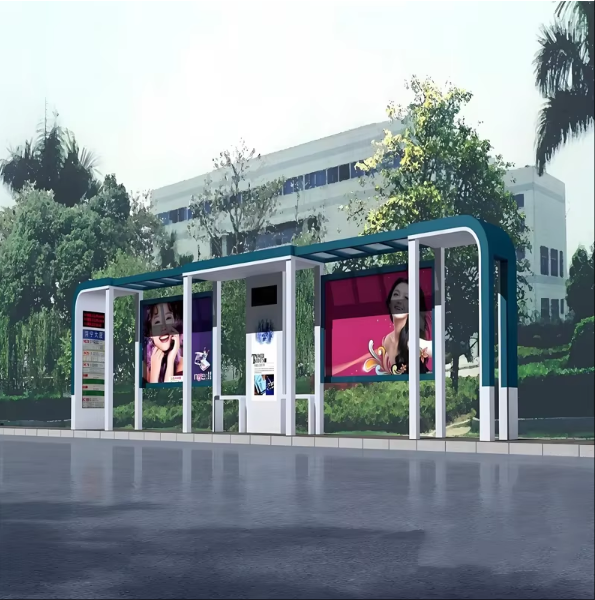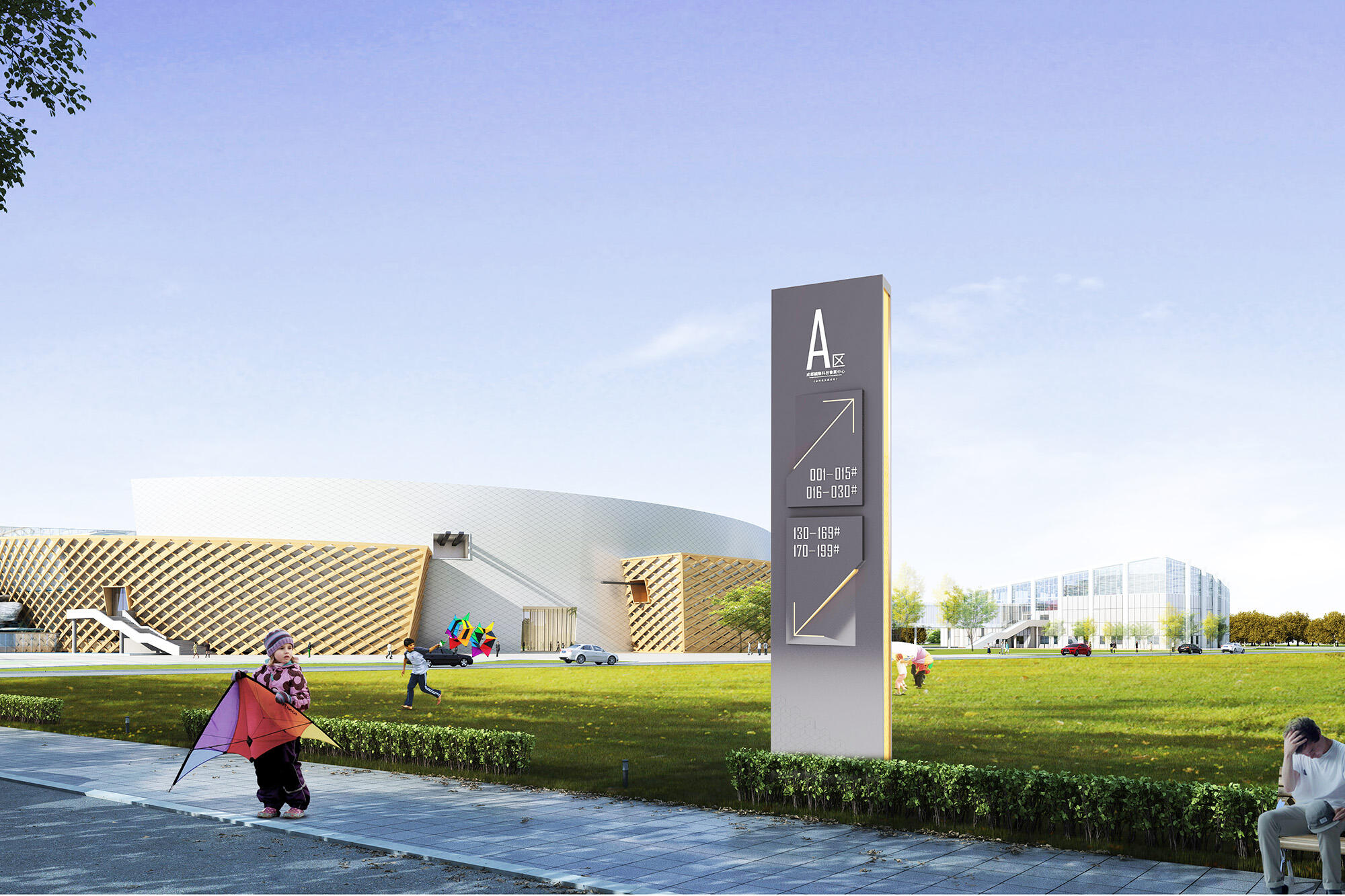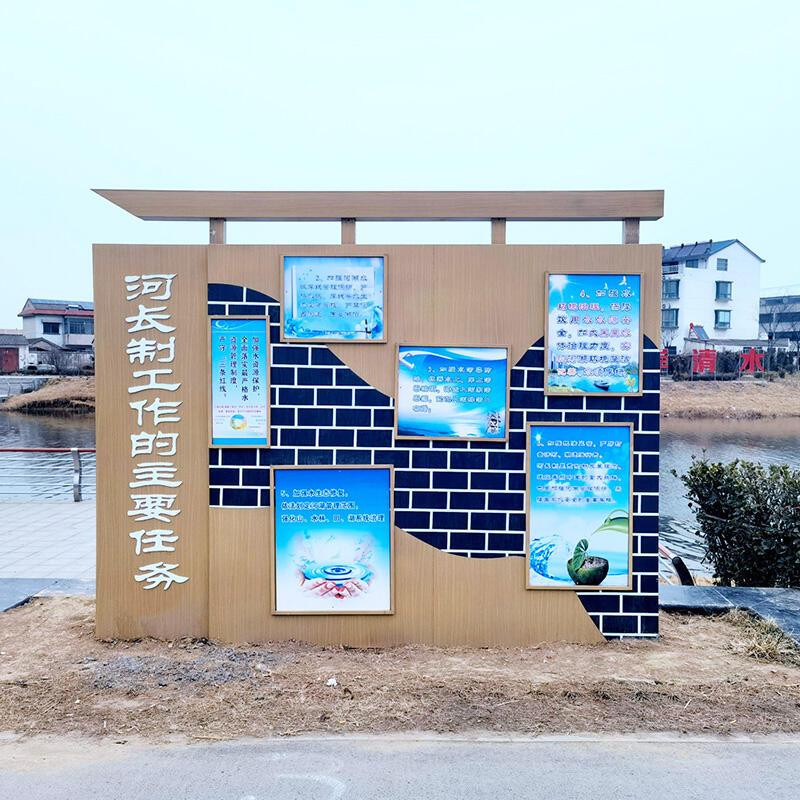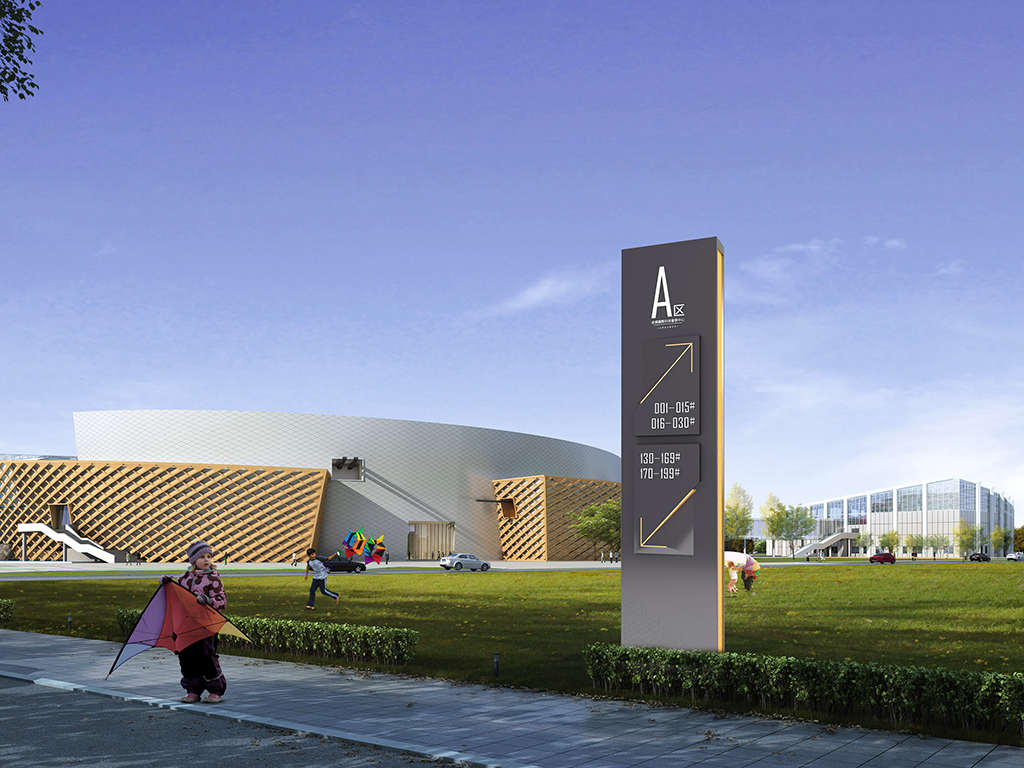Aprimorando a Estética Urbana por Meio da Integração de Arte Pública
O Impacto Visual dos Abrigos de Ônibus Artísticos
Os abrigos de ônibus artísticos estão transformando os espaços urbanos ao integrar arte visual nos ambientes cotidianos, aumentando o apelo estético das instalações públicas. Cidades em todo o mundo estão adotando essa tendência, transformando abrigos de ônibus comuns em telas vibrantes que elevam o entorno. Por exemplo, Londres incorporou murais coloridos e instalações em seus abrigos de ônibus, melhorando a experiência do passageiro e oferecendo plataformas para artistas locais mostrarem seu trabalho. Esses abrigos utilizam elementos como cores fortes, designs inovadores e iluminação estratégica para criar uma atmosfera acolhedora e atrair a atenção do público. Estudos indicam que comunidades com abrigos de ônibus visualmente envolventes experimentam um aumento no tráfego de pedestres e um maior orgulho comunitário, já que esses elementos artísticos contribuem para um ambiente urbano mais convidativo.
Placas Indicativas como Ferramentas de Orientação Cultural
As placas indicativas estão evoluindo além de simples auxílios de navegação, tornando-se ferramentas de orientação cultural que refletem o patrimônio e as tradições locais. Cidades como Nova Orleans transformaram as placas em ícones culturais, cada uma retratando histórias comunitárias únicas e narrativas históricas. Essas instalações não apenas guiam os visitantes pelos paisagens urbanas, mas também enriquecem sua experiência de viagem ao conectá-los à cultura local. A integração de códigos QR e tecnologias inteligentes aprimora essa imersão cultural permitindo que pedestres acessem narrativas digitais e informações históricas diretamente de seus dispositivos móveis. Pesquisas mostram uma forte preferência dos usuários por sinalização culturalmente relevante, pois ela aumenta seu engajamento e compreensão das áreas que exploram. Essa transformação das placas em marcos culturais simboliza uma mudança para sistemas de navegação urbana mais holísticos e significativos.
Equilibrando Durabilidade e Criatividade no Design de Painéis Publicitários
O design de painéis publicitários em ambientes urbanos deve equilibrar a necessidade de durabilidade com a criatividade artística. Em áreas propensas a condições climáticas severas, a durabilidade dos painéis é crucial para manter sua integridade estrutural e apelo visual. As cidades adotaram materiais inovadores, como alumínio resistente ao tempo e polímeros anticorrosivos, permitindo que os anunciantes projetem painéis que se destacam enquanto enfrentam desafios ambientais. Por exemplo, painéis digitais na cidade de Nova York integraram tecnologia LED para oferecer exibições dinâmicas resistentes à chuva e ventos fortes. Garantir consistência visual é fundamental para manter a identidade da marca enquanto promove arte publicitária dinâmica que capture o interesse público.
Painéis Publicitários como Espaços de Lona Urbana
Os sinais publicitários evoluíram para espaços de tela urbana que promovem a criatividade e o engajamento comunitário. Ao permitir que artistas colaborem com empresas, as cidades transformaram espaços públicos comuns em exibições vibrantes de arte que aumentam a visibilidade da marca e a interação pública. Por exemplo, o projeto "Colorful Creek" em Seul demonstrou como a publicidade artística pode aumentar com sucesso o envolvimento comunitário e a identificação de um lugar. Especialistas afirmam que designs artísticos na publicidade não apenas cativam o público, mas também seguem princípios modernos que priorizam emoção e criatividade sobre métodos tradicionais. Essas narrativas visuais convincentes atraem atenção e fomentam um senso de orgulho local e apego a espaços públicos como abrigos de ônibus, postes de sinalização e outdoors.
Contação de Histórias Através de Instalações Centradas na Comunidade
Instalações centradas na comunidade são ferramentas poderosas para contar histórias e expressar a identidade cultural. Essas instalações muitas vezes refletem as narrativas únicas da comunidade, sua história e valores culturais. Elas transformam espaços públicos comuns em histórias vibrantes que envolvem tanto residentes quanto visitantes. O papel do envolvimento comunitário no processo de design é crucial, pois garante que essas narrativas sejam autenticamente representadas e ressoem com a população local, fomentando um senso de pertencimento e orgulho.
O sucesso de instalações centradas na comunidade é evidente em diversos bairros onde essas obras se tornaram histórias landmark. Por exemplo, em Detroit, o Heidelberg Project transformou áreas degradadas em um projeto comunitário de arte que atraiu visitantes de todo o mundo, enquanto em Filadélfia, o Mural Arts Program envolveu comunidades na criação de murais que refletem histórias e aspirações locais. Essas instalações não apenas embelezam espaços públicos, mas também aumentam o engajamento comunitário, como é apoiado por depoimentos de moradores que expressam maior conectividade e apreciação cultural.
Além disso, os dados consistentemente mostram níveis elevados de engajamento comunitário onde os locais tiveram um papel ativo no design e desenvolvimento de instalações. Por exemplo, cidades que incorporam colaborações com artistas locais frequentemente relatam maior número de visitantes a esses locais, impulsionando benefícios sociais e econômicos. Essas histórias de sucesso e feedbacks positivos destacam a importância de integrar as vozes da comunidade em infraestruturas municipais, transformando-as em uma tela para narrativas culturais.
Soluções Resistentes ao Tempo para Exibições Ao Ar Livre
O uso de materiais resistentes ao tempo é crucial para aumentar a longevidade de instalações artísticas ao ar livre. Esses materiais garantem que as peças de arte resistam a condições ambientais severas, como chuva, sol e flutuações de temperatura, preservando sua integridade estética e estrutural ao longo do tempo. Avanços recentes na ciência dos materiais têm se concentrado no desenvolvimento de materiais mais sustentáveis e resilientes, como metais tratados contra intempéries e revestimentos especializados, que melhoram a durabilidade e exigem manutenção mínima. Por exemplo, a incorporação de ligas resistentes à corrosão em estruturas metálicas prolongou o tempo de vida de instalações públicas admiradas por milhões. Investir em tais materiais duráveis não só é ecologicamente correto, mas também econômico. Estatísticas mostram que, embora os custos iniciais possam ser mais altos, as economias a longo prazo em manutenção e substituições justificam seu valor, tornando-os uma escolha inteligente tanto para municípios quanto para artistas.
Técnicas Modernas em Metalurgia e Iluminação
Técnicas de vanguarda na metalurgia transformaram o cenário da arte pública, permitindo expressões inovadoras e designs intricados que cativam a atenção do público. Esses avanços incluem corte a laser preciso, impressão 3D e técnicas especializadas de forja que permitem aos artistas criar formas complexas com detalhes finos. Além disso, tecnologias modernas de iluminação revolucionaram a visibilidade e o apelo estético das instalações artísticas. Ao integrar LEDs e luzes alimentadas por energia solar, as instalações se tornam mais envolventes e amigáveis ao meio ambiente, atraindo espectadores durante o dia e a noite. Projetos bem-sucedidos, como esculturas públicas iluminadas, demonstram o impacto poderoso de combinar iluminação com estruturas artísticas, criando uma interação hipnotizante de sombras e cores. Especialistas nas indústrias de arte e design observaram uma tendência de combinar metal e iluminação para aprimorar a expressão artística, afirmando que essas integrações empurram os limites da arte pública convencional e estabelecem novos padrões de criatividade no cenário urbano.
Elementos Interativos no Design de Espaço Público
Elementos interativos no design de espaço público melhoram significativamente o engajamento do usuário e enriquecem as experiências comunitárias. Ao incorporar recursos como instalações sensíveis ao toque, exibições sensíveis ao movimento e apresentações audiovisuais, artistas e designers criam ambientes dinâmicos que convidam à interação e exploração. A introdução da tecnologia, particularmente a realidade aumentada (AR), revolucionou a arte pública ao sobrepor informações digitais em espaços físicos, oferecendo experiências imersivas únicas.
Projetos como os murais digitais em cidades pelo mundo exemplificam como instalações de arte interativa podem incentivar a participação comunitária. Essas instalações permitem que os usuários visualizem narrativas históricas e culturais por meio de seus smartphones, envolvendo o público em um diálogo educativo e interativo. De acordo com pesquisas, incorporar elementos interativos na arte pública aumenta o engajamento dos visitantes em até 60%, com altas taxas de satisfação relatadas entre os membros da comunidade. Esses dados destacam o valor de investir em arte interativa para melhorar os espaços públicos, fomentar um senso de comunidade e impulsionar o engajamento local.










